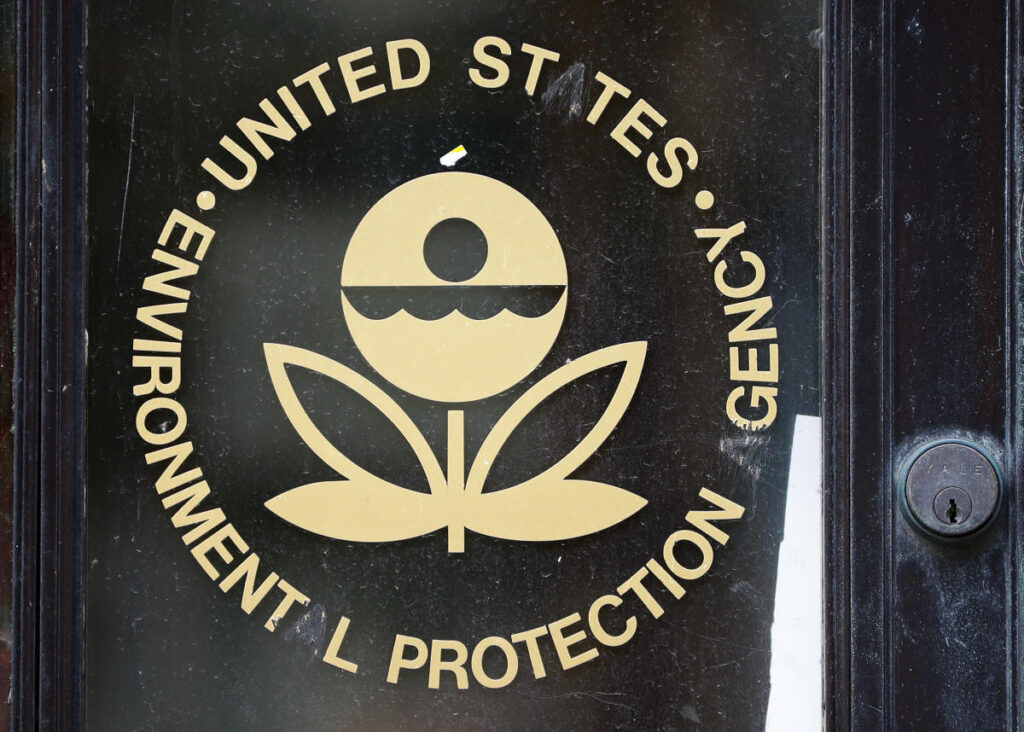In a significant step to address lead-related health hazards, the Biden administration has introduced stringent regulations aimed at reducing lead dust exposure in older homes and child-care facilities. Two weeks after announcing a nationwide deadline for lead pipe removal, the Environmental Protection Agency (EPA) unveiled a final rule to limit lead dust levels on floors and window sills in residences and childcare environments built before 1978, when lead-based paint was banned. Given that more than 30 million American homes are likely to still contain lead paint, including nearly 4 million where young children reside, the new regulations are deemed essential for safeguarding public health, particularly that of vulnerable populations such as children under six.
The new regulations establish lead dust limits at levels that are effectively undetectable, reflecting a growing understanding that no level of lead exposure is safe. Michal Freedhoff, the assistant administrator for chemical safety and pollution prevention at the EPA, emphasized that these new standards would significantly minimize risks by making it increasingly difficult for lead to be present in environments frequented by children. With an estimated reduction in lead exposure for up to 1.2 million individuals annually, including hundreds of thousands of children, the ruling signals a decisive move towards the elimination of lead-based paint hazards in homes and child-care settings.
Lead is a potent neurotoxin that can cause irreversible damage to brain development in children, leading to consequences such as lowered IQ, behavioral issues, and numerous long-term health problems affecting various organs. The forthcoming regulations lower the current thresholds for hazardous lead dust on floors and window sills to levels that can only be described as non-detectable, setting a limit of 5 micrograms per square foot for floors and 40 micrograms per square foot for window sills. Additionally, the rule mandates that all abatement professionals be certified and adhere to strict protocols that include testing to ensure compliance with the new thresholds upon completion of their work.
Public health advocates and environmental justice experts hailed the new rule as long overdue, particularly because lead poisoning affects low-income communities and communities of color disproportionately. Peggy Shepard, co-founder and executive director of WE ACT for Environmental Justice, articulated the significance of the new standards, noting that previously established blood lead level thresholds often failed to protect children adequately. With certain demographics, particularly Black children living in poverty, exhibiting alarmingly high lead poisoning rates, this new directive aims to turn the tide on such inequities.
The regulation is not without its criticisms, particularly from the National Child Care Association, which expressed concerns about the potential financial burden on child-care facilities, especially those situated in economically disadvantaged neighborhoods. With many of these centers operating in pre-1978 buildings, the requirement for lead remediation without additional financial support could lead to closures. The association has called for federal funding to assist these facilities in meeting the new standards while ensuring they can continue to serve the communities depending on their care services.
In recognition of the urgent need for funding to address lead hazards, the Department of Housing and Urban Development (HUD) recently announced a $420 million grant initiative aimed at removing lead risks from homes, especially those assisted by HUD. This allocation underscores the federal government’s commitment to addressing lead safety in housing as part of a broader strategy to mitigate health risks associated with lead exposure. With the EPA’s new dust lead standard coming into effect early next year, it positions the United States on a path toward more robust measures against lead poisoning, ensuring safer environments for children and vulnerable populations while advancing the discussion on environmental and social justice.

